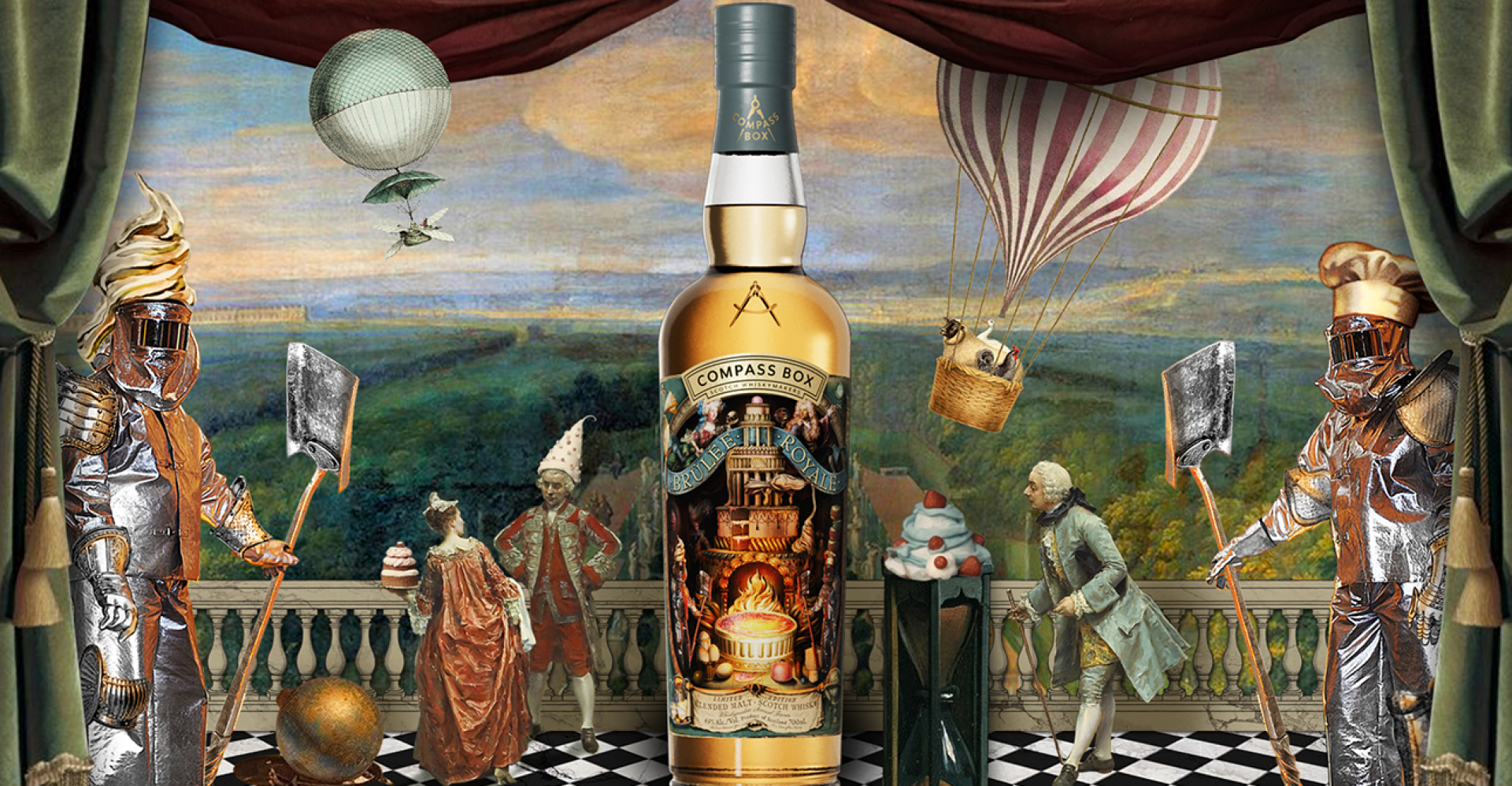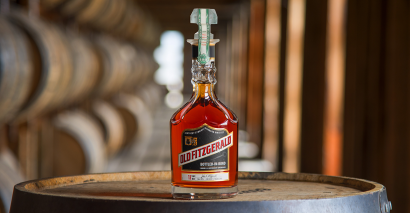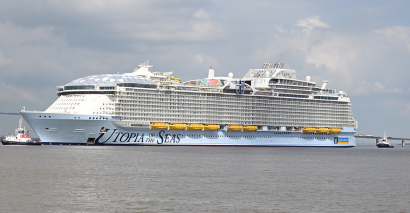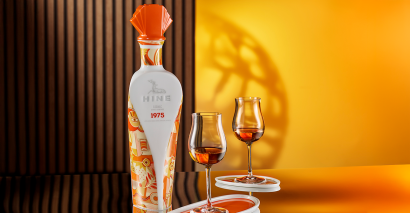
Review: Compass Box Leans into Haute Cuisine for Its Latest Creation
Brûlée Royale was blended to evoke the flavors of a crème brûlée from the 1600s
October 16, 2025 –––––– Danny Brandon
François Massialot was a legendary figure in French culinary history, a 17th-century head chef to France’s royal family who created menus for banquets at the Imperial Palace of Meudon and the Palace of Versailles, among other elite venues. Massialot had a long and storied career, but his main legacy is for popularizing the crème brûlée. The story goes that he made this dish for a grand feast at Versailles and used a red-hot shovel to burn the top of the crème, thereby coating it with a layer of caramelized sugar that inspired the name.
The latest expression from scotch whisky maker Compass Box channels Massialot’s work: It’s a blended malt called Brûlée Royale that uses various aged whiskies to mirror the flavors of the chef’s 17th-century dessert. Compass Box blender Samuel Travers pulled together a range of whiskies with profiles that matched the mission before eventually landing on a fairly simple blend that only included four whiskies.
To start, Travers looked to an earlier dessert-inspired Compass Box expression: Nectarosity. That blend, which launched last year alongside Crimson Casks as part of Compass Box’s new “core-four” lineup, took its creative cues from London’s local baking and patisserie scene. Nectarosity was a fairly complex blend of 11 components, but one standout was a 7 year old Clynelish single malt aged in a No.-2 char barrel that had previously spent a year aging Girvan single grain whisky. (That process was inspired by the renowned whisky luminary Dr. Jim Swan, and its purpose was to reverse-engineer the flavors contributed by a bourbon barrel using just scotch whisky.)
Travers has included that same Clynelish component in Brûlée Royale, but this time using much more of it—a 39% share of the blend, compared to 10% for Nectarosity. The parcel is also slightly older this time around, coming in at 8 years old. “It’s got tons of fresh fruit character before it morphs into a custardy sort of tropical fruit,” he says. “It has a fresh, sharper orchard fruit character that contrasts really well,” he explains, noting that it picks up some of the same notes carried by the other ingredients.
Travers says the Clynelish component is the star of the blend, but it isn’t the biggest ingredient. That status belongs to an 18 year old Benrinnes single malt, which holds a 53.3% share. It was aged in first-fill bourbon barrels, and is characterized by creamier notes of Basque cheesecake, pannacotta, and Williams pears. Travers says that its creamy notes and oily texture make it a natural partner for Clynelish. (These two whiskies have been a frequent go-to for Compass Box over the years, in Great King Street and more recently in Orchard House.)
The third component in Brûlée Royale is a 24 year old Speyburn single malt, aged in refill American hogsheads, and represents 7.2% of the blend. This one, in particular, resonated with Travers: “It’s just my kind of whisky—tons of spirit character, tons of aged character,” he explains. “It’s got all of that esterification that happens in casks.” He describes its profile as being distinctly floral, reminiscent of steamed milk, fresh linen, red apples, and wax from a Yankee candle.
The fourth and final component, which may surprise some drinkers, is a 23 year old Ardbeg aged in re-charred American oak casks. It was sprinkled in almost as a topping, comprising only .5% of the overall blend. When most scotch lovers think of Ardbeg, they think of heavy peat and bold salinity. But here, used in trace amounts, Travers says it resembles hot coals, scorched custard, and raspberry. Using such an old and rare whisky in such small quantities might seem odd, but Travers explains that it plays a key role in rounding out the final profile, particularly on the nose.
“It’s really there to just boost complexity,” he says, drawing a comparison to other Compass Box expressions. “If you look at a whisky like Orchard House, we’ve got 2% Caol Ila in [that blend], he says. “But if that’s not in there, you don’t get that Earl Grey, bergamot fragrance. It helps lift everything up, with the aromatics.”
For Compass Box, Brûlée Royale is part of a long tradition of trying to replicate the aromas and flavors of the world around us—masterfully selecting and blending whiskies to arrive at a final profile that resembles a specific food, location, or theme. One of the earliest examples was an orange-infused spirit drink named Orangerie, whose inspiration came to founder John Glaser after walking through the Kensington Palace orangery in London. Over the years, similar ideas have followed. One of the most interesting ones was Vellichor, an inventive blend from 2022 designed to evoke memories of vintage bookstores, old libraries, and worn leather-backed tomes. There’s also the Extinct Blend Quartet, a quadrilogy of whiskies that tried to replicate the profiles of older blended scotches that are no longer widely available. Those included Delos, a re-creation of Compass Box’s Asyla blend, which had gone out of production several years earlier, using different ingredients.
How Does Compass Box Brûlée Royale Scotch Blended Malt Taste?
Score: 93
ABV: 49%
Price: $160
Availability: 8,556 bottles; nationwide
Creamy aromas of vanilla pastry filling, and yes, crème brûlée, as well as candied orange peel, frosting, and waxy lemon notes, all anchored by an appealing minerality and flavorful oak. A very smooth palate, with more crème brûlée, plus vanilla, orange, apricot, ripe peach, and a hint of spice. There’s a nice oiliness on the long finish, concluding with lemon and vanilla cream. A balanced, dessert-like profile for sure, with depth, grace, and great flavor integration.—David Fleming




